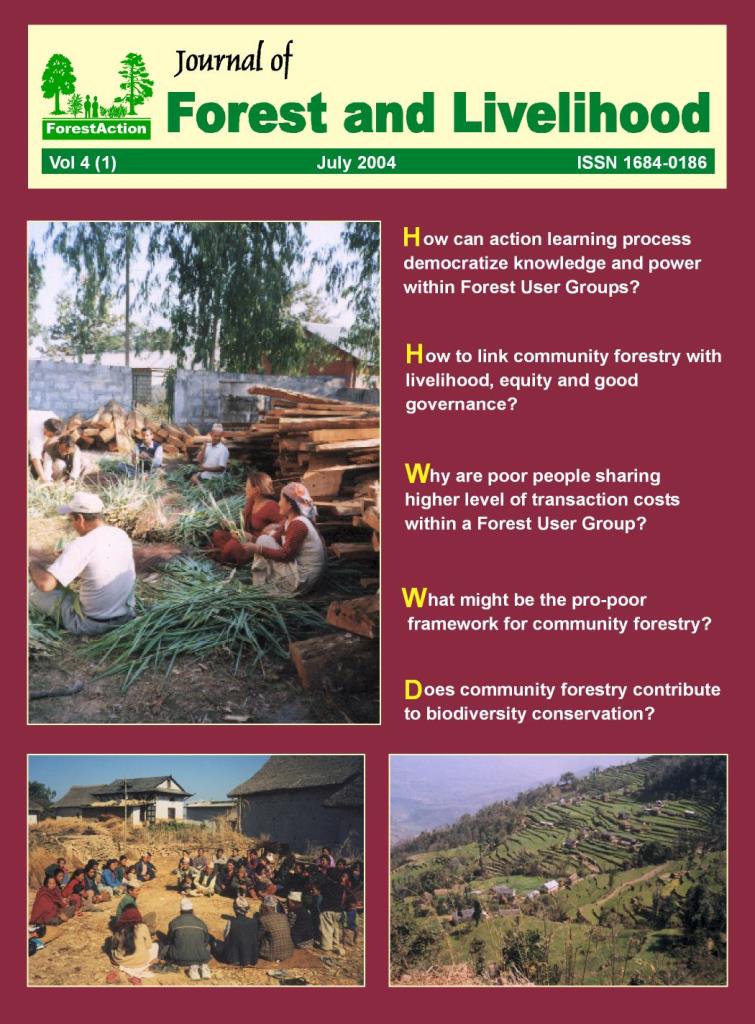Forests and People's Livelihood: Benefiting the Poor from Community Forestry
DOI:
https://doi.org/10.3126/jfl.v4i1.59768Keywords:
Community forest, livelihood, pro-poor strategies, capital formation, forest user groupsAbstract
This paper provides a brief overview of the main achievements and challenges of the community forestry approach to improve people's livelihood and forest condition. The paper demonstrates that Forest User Groups have been able to manage thousands of hectares of community forests, and as a result have contributed to the improvement of forest condition and people's livelihoods in a number of ways such as capital formation; governance reform, community empowerment and social change. Yet, the livelihoods
of the poor and disadvantaged, have not improved as expected. The poorest suffer the most since they cannot afford to participate, are unable to speak out, and are rarely heard when they do. Nevertheless, the community forestry approach is a source of inspiration for the establishment of good forest governance, sustainable forest management and is one of the means to improve people's livelihoods. To make community forestry pro-poor, further innovation, reflection and improvements are required. The paper suggests a number of pro-poor strategies in order to address the livelihood needs of poor people.
Downloads
Downloads
Published
How to Cite
Issue
Section
License

This work is licensed under a Creative Commons Attribution-NonCommercial 4.0 International License.
CC-BY-NC: This license allows reusers to distribute, remix, adapt, and build upon the material in any medium or format for noncommercial purposes only, and only so long as attribution is given to the creator.





